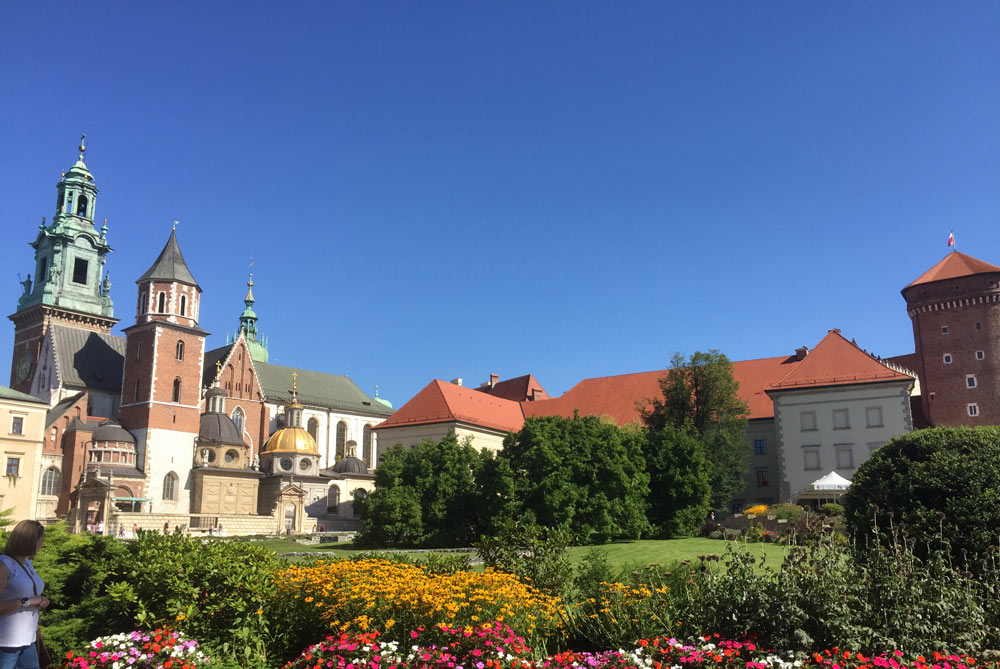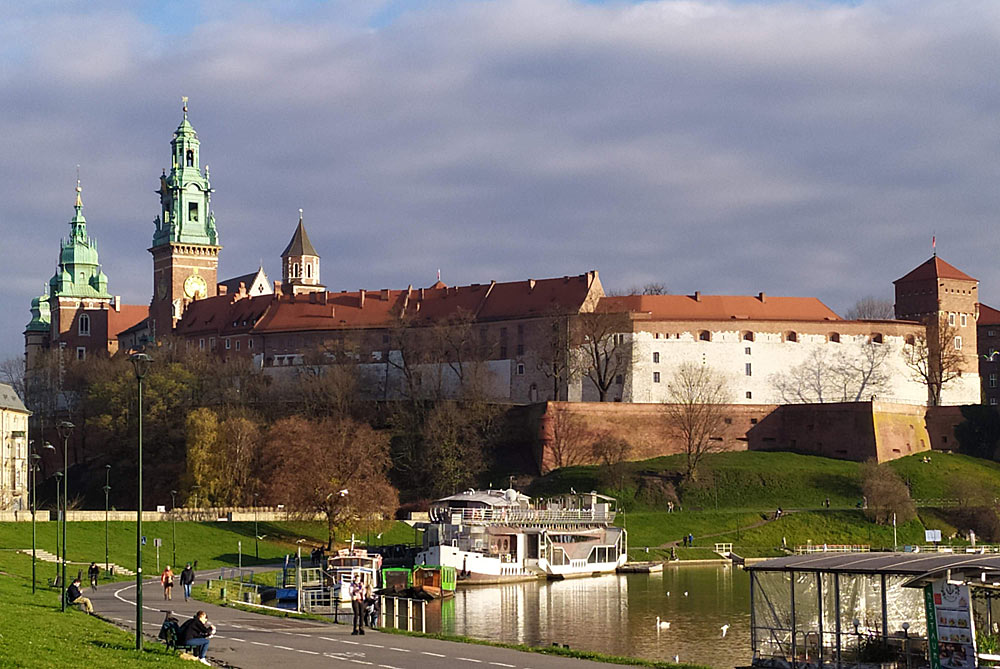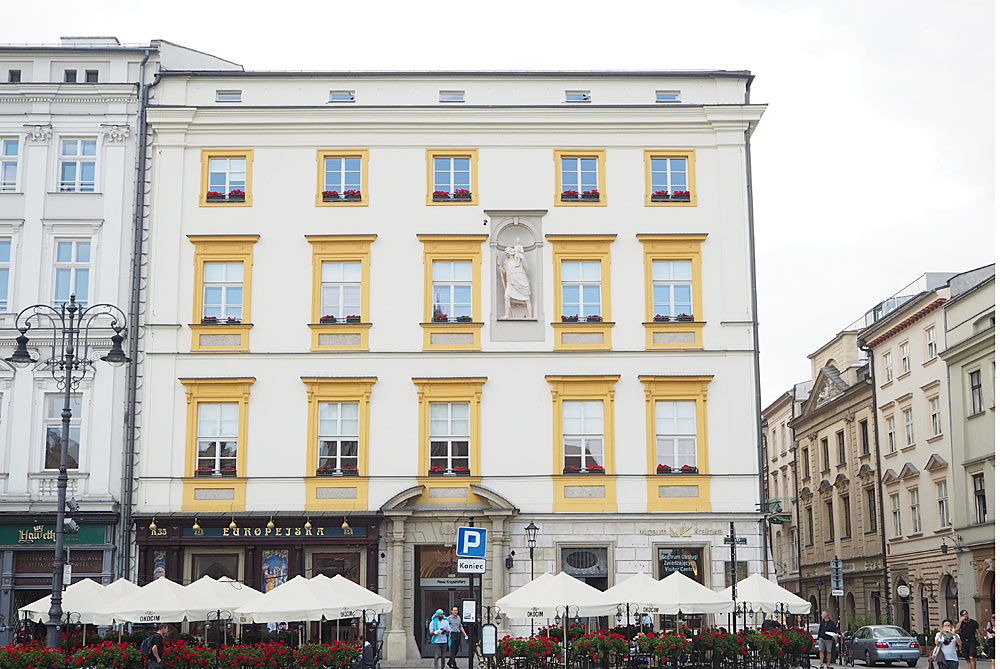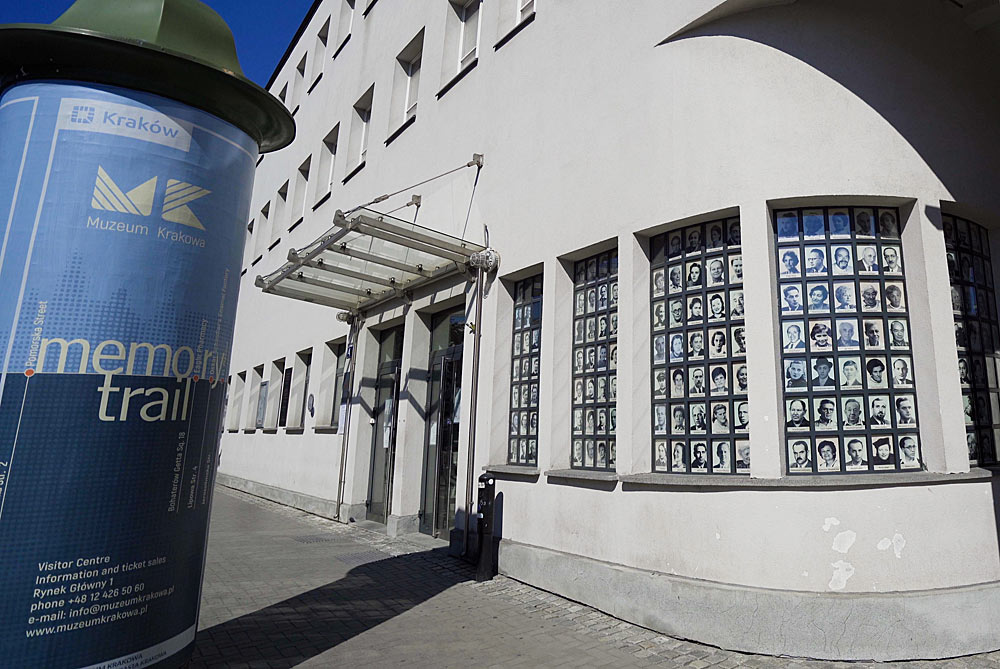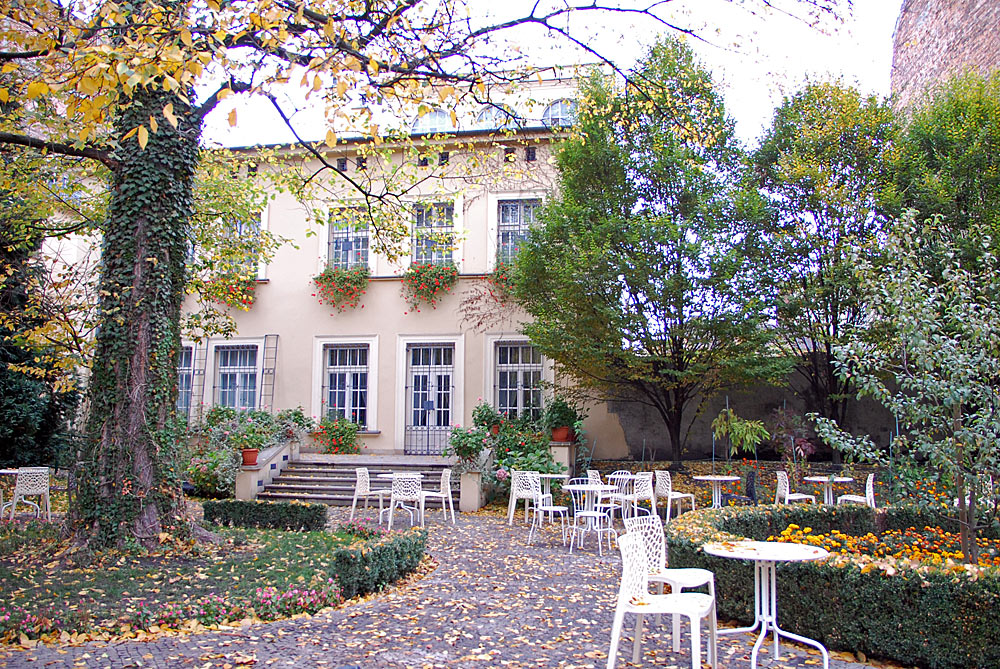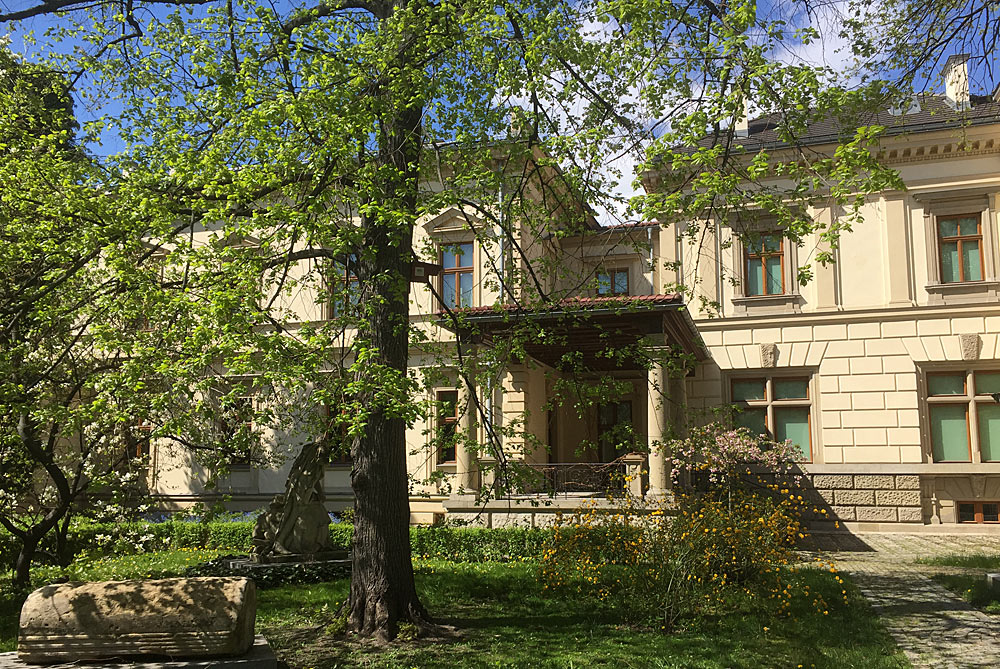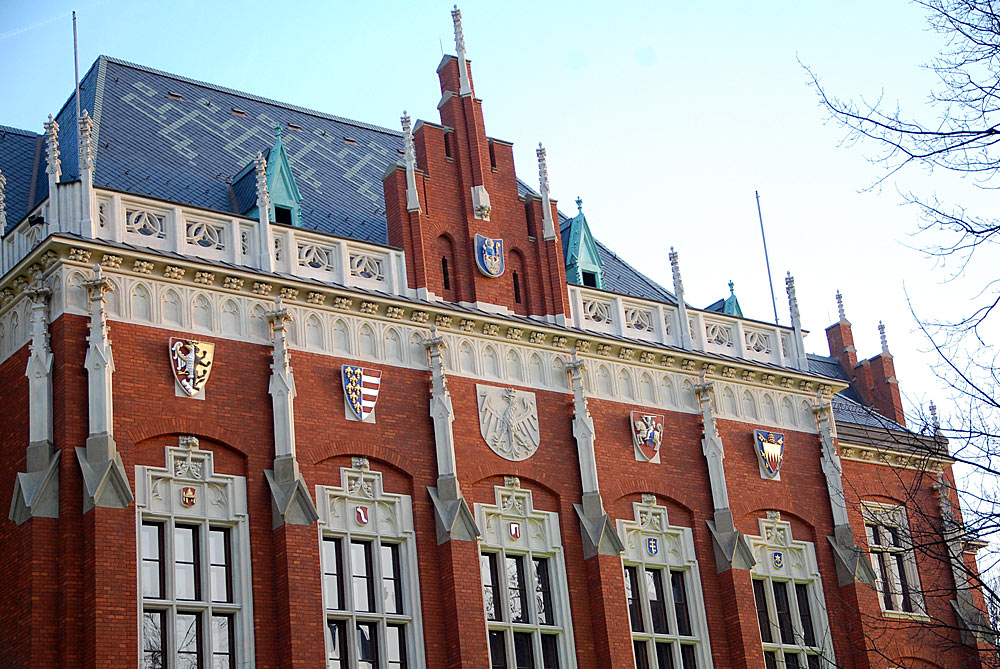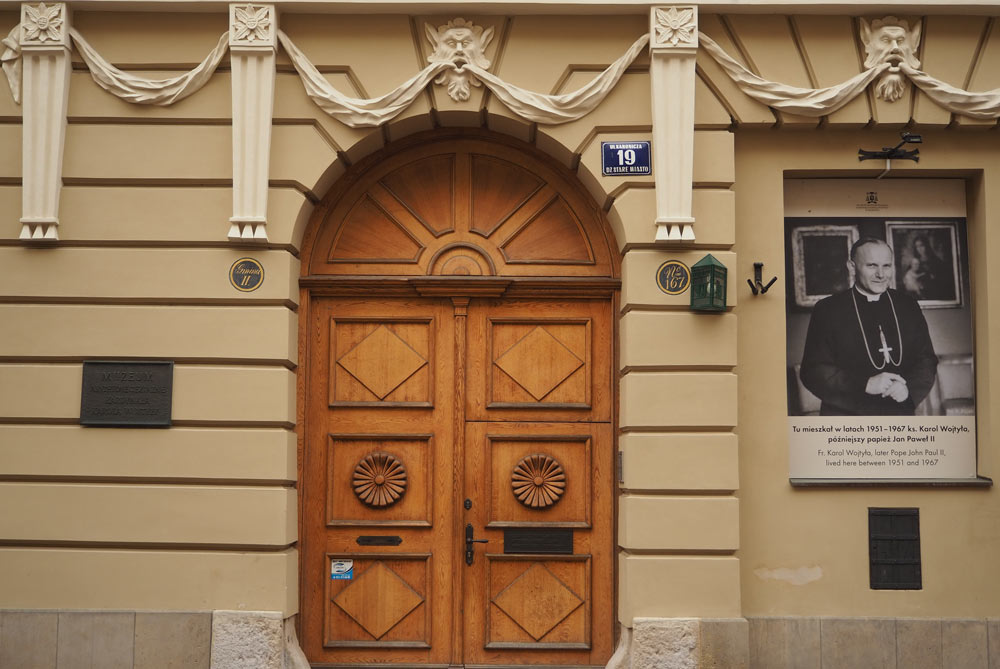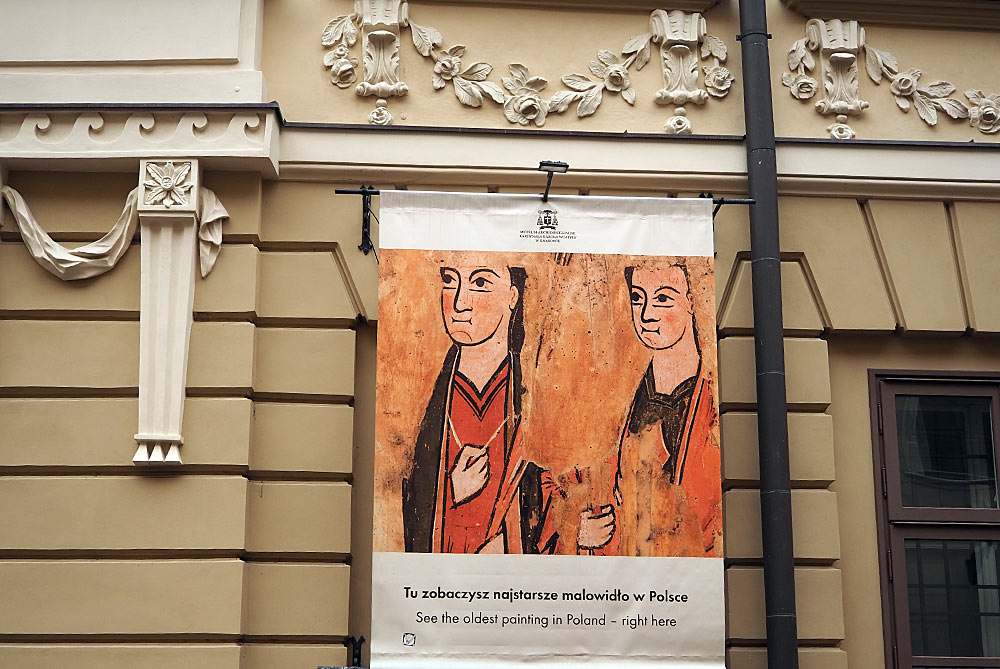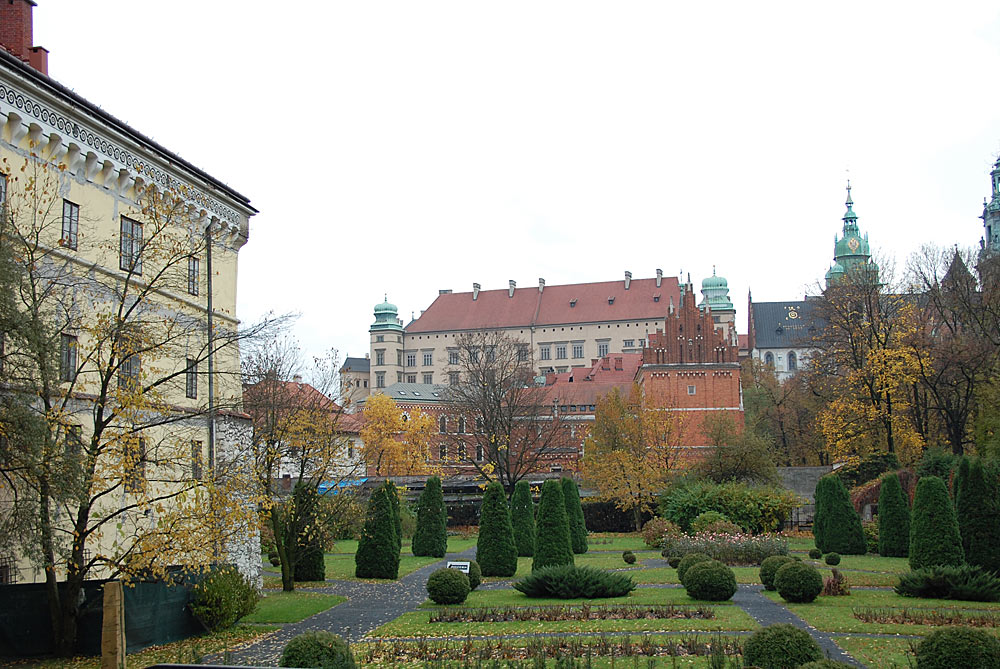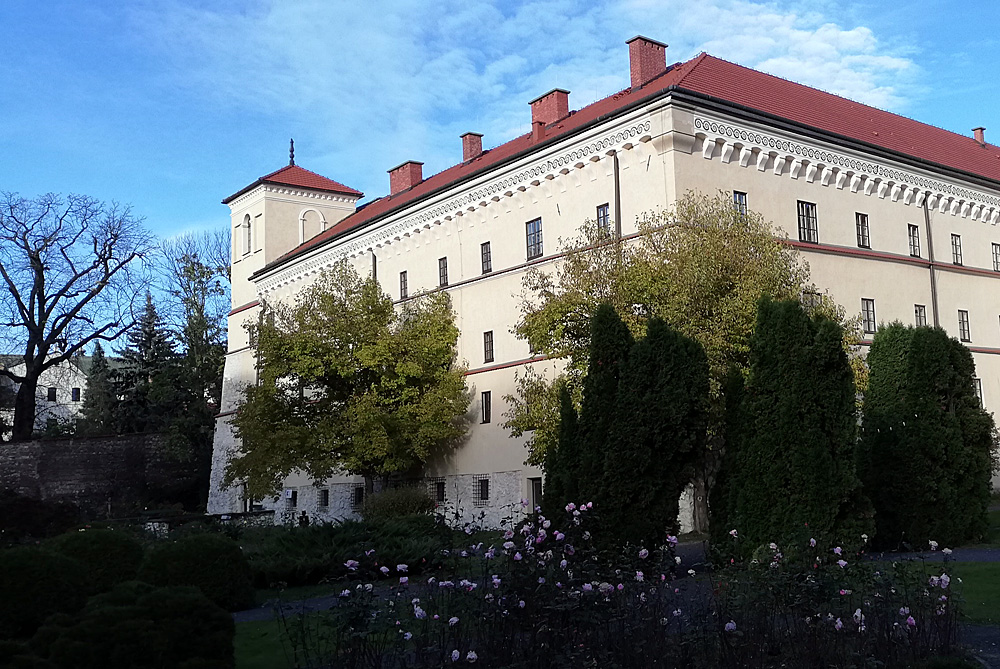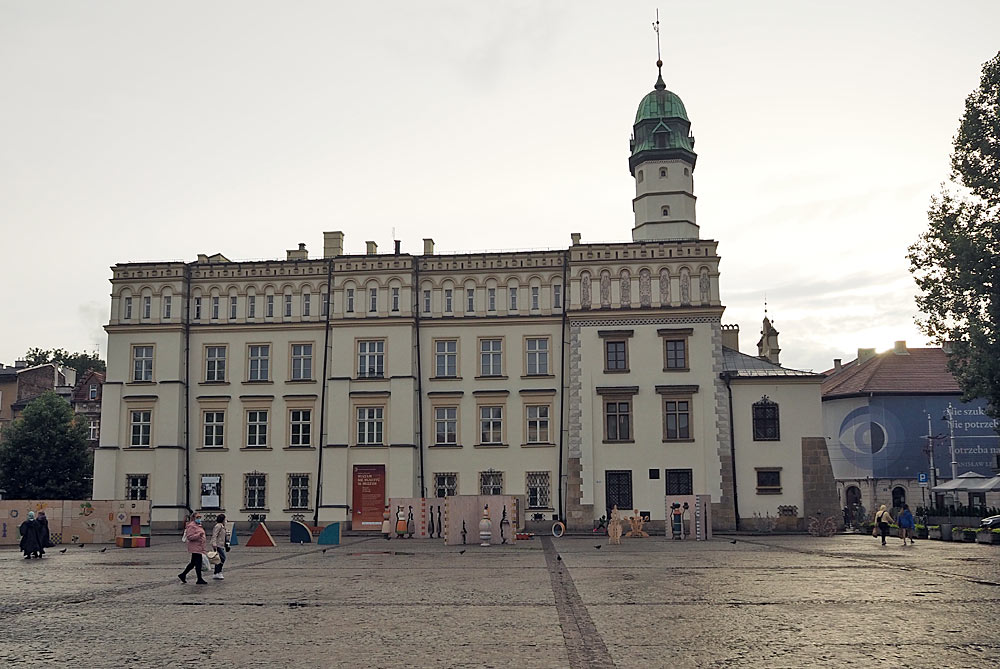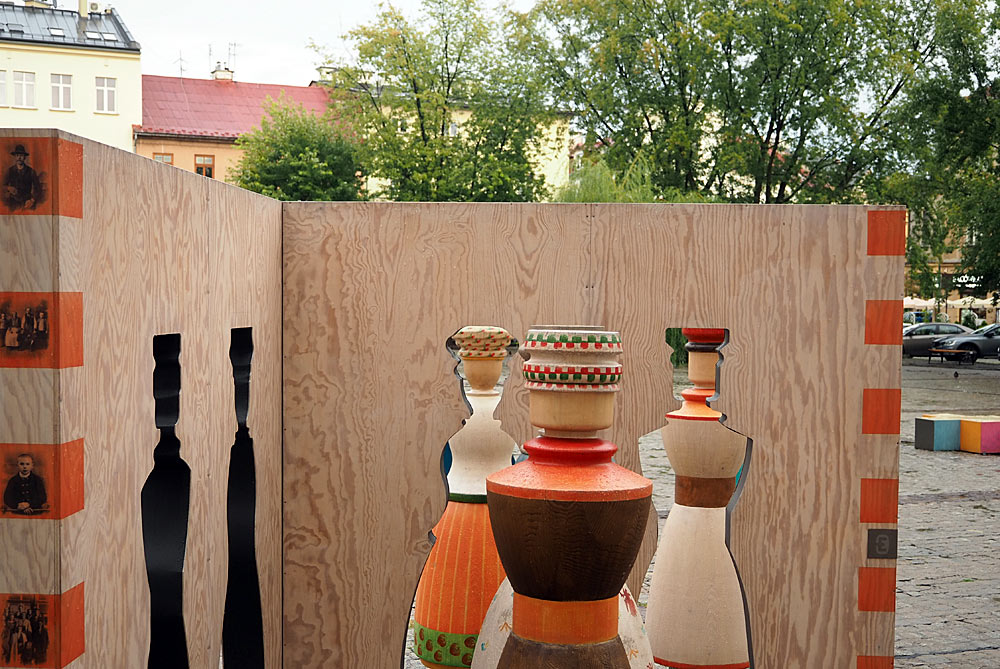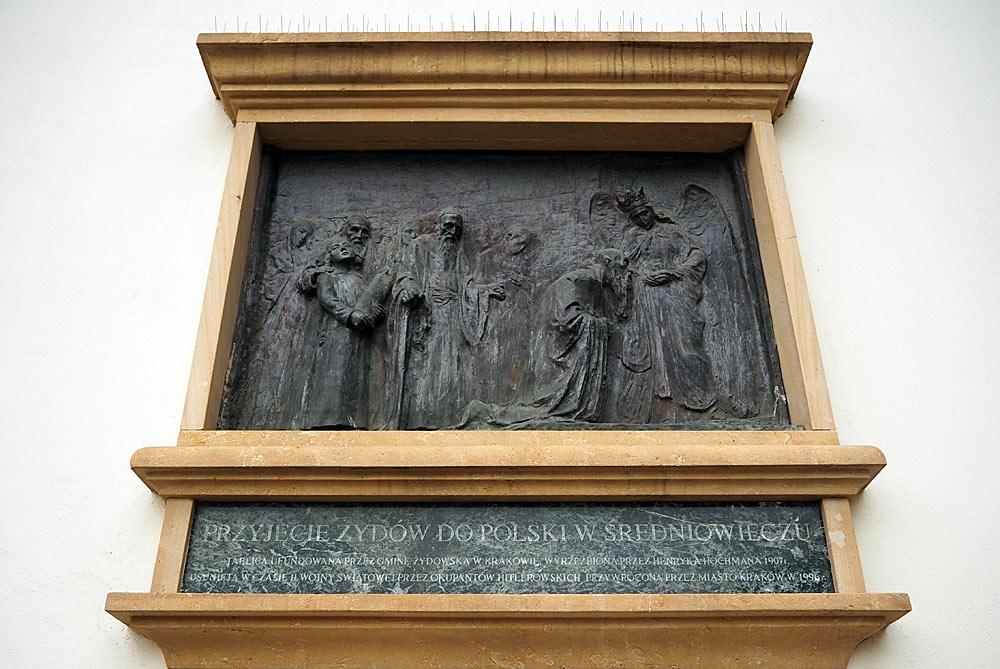Krakow is one of the richest cities in Central Europe in terms of museum collections. There are many museum establishments here and more are still planned. The Statistical Office of Kraków reports that 135 museums and museum branches operated in Małopolskie voivodeship at the end of 2019, of which 65 (48.1%) were located in Kraków. The largest number of museums and museum branches were active with a historical profile – 29.6%. Regional museums as well as artistic museums constituted 14.8% of the total number of museums.
The first Night of the Museums took place in Krakow in May 2004, when Beethoven’s “Ode to Joy” was played at midnight and fireworks flew into the sky.
A commemorative coin at a symbolic price of 1 zloty is an “entrance ticket” to the objects participating in the action.


